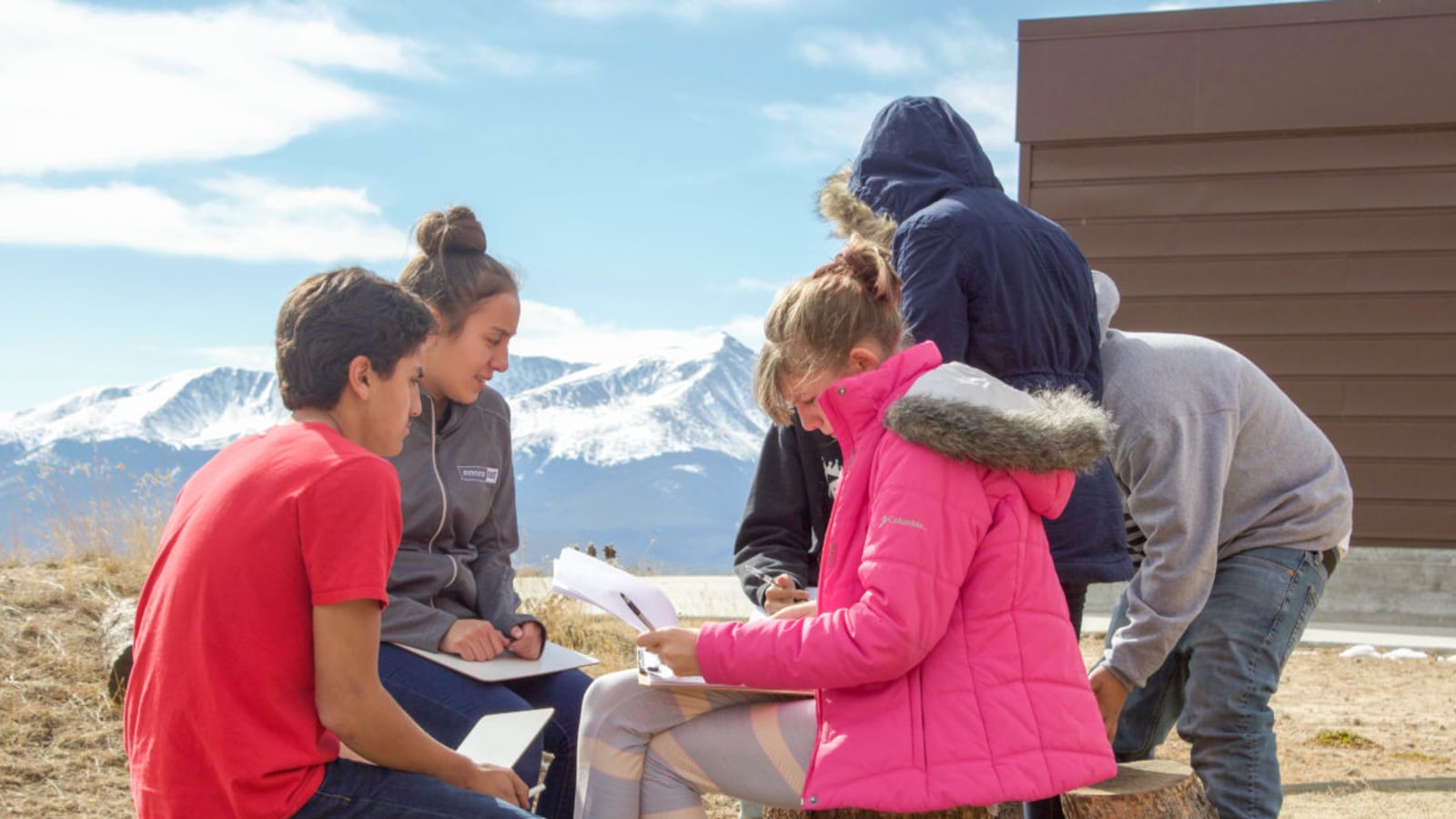LEADVILLE — When Ben Cairns took over as principal at Lake County High School in 2016, he made a deal with his students.
Those who showed more growth on the state’s English and math tests than 90 percent of their peers across the state would earn steak dinners with the principal for themselves and their parents.
Cairns, a former Denver charter school principal hired to turn around a school that had been struggling academically for years, figured only two or three students would accomplish such an extraordinary feat.
Then last summer, Cairns received a phone call from a district administrator: “You’re in trouble.”
Sixteen students had made more than enough academic growth — a key data point that measures how much students learn during a year compared to peers with similar test results — to earn dinner with the principal at the local steakhouse, Quincy’s.
School improvement efforts look a little different at 10,000 feet above sea level. While many of the strategies used by the Lake County school district are familiar to urban settings, they’ve been retrofitted to meet the needs of the 1,000-student school district that’s 100 miles west of Denver. A new curriculum coupled with intense training for teachers is showing progress. And the district has had plenty of help from outside consultants paid for in large part by state and federal grants.
For the first time in seven years, the district’s students showed enough progress on the state’s English and math tests to stave off state intervention for continued poor performance. At the same time, the district, and its intermediate and high schools have earned one of the state’s highest quality rating. Now state education leaders and other observers of Colorado’s efforts to improve schools are heralding the work in Lake County as a model others — especially those far from the state’s urban center — can replicate.
“There is no magic solution for every community seeking to improve student achievement,” Katy Anthes, Colorado’s education commissioner, said in a statement. “It’s hard, complex work, and the solutions differ based on the local context. Lake County School District has shown dramatic improvement, and we think there’s a lot we can learn from them.”
Despite sitting high in the Rocky Mountains, Lake County looks like many of the struggling urban school districts in Colorado and across the country. Most students are non-white; 70 percent are Hispanic. That’s a big swing since 1990 when the mountain school district was predominately white. Now, forty percent are learning English as a second language. And 67 percent of students in 2016 qualified for free or reduced-price lunches, a measure of poverty.
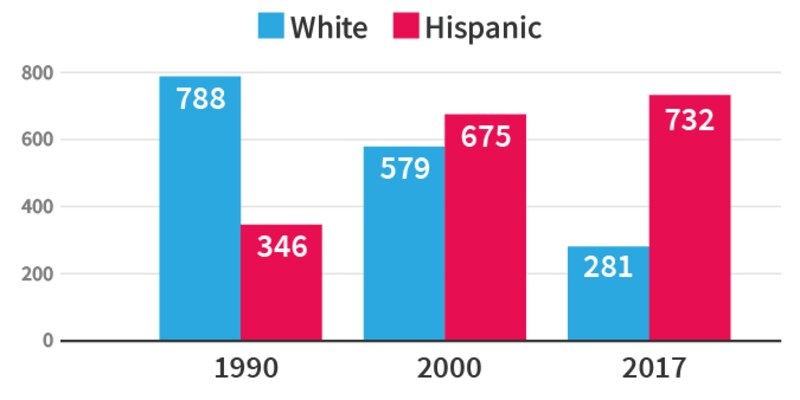
What makes the turnaround in Lake County so appealing to observers is that the district bucked the conventional wisdom of the day. Unlike most places working to improve schools, there were no mass layoffs of teachers or principals. No schools were closed. And handing over management of the schools to charter operators wasn’t considered an option given the distance from the state’s urban Front Range, where most successful charter schools operate.
Instead, district officials adopted a new way of teaching — one they hoped would better engage students. Teachers were given more training on how to teach core subjects with a unified curriculum, in some instances from groups known for their work in urban school improvement. The district added more services for students and families, including a health center. The district applied for and was awarded millions of grant dollars. And the district’s staff and governing board received coaching to focus on the difficult work of school improvement.
“The belief that the people are the problem is wrong,” said Wendy Wyman, the district’s superintendent. “Our teachers are professionals, and we believe in them. We’re proving that there is a framework or a pathway for rural schools to improve that’s about building capacity within your own community.”
Some education activists and researchers have long been critical of the kind of school reform efforts that call for total disruption.
“The notion that you just have to blow it up and start fresh has just proven to be a failure time and time again,” said Michelle Renée Valladares, the associate director at the National Education Policy Center based at the University of Colorado, Boulder. “Creating more instability in an already unstable situation does not help.”
* * *
Since 2010, Colorado has rated the quality of its schools largely based on results from standardized English and math tests. Schools that perform the worst are flagged and put on a watchlist. If they don’t improve quickly enough, the state is required to step in and direct drastic action.
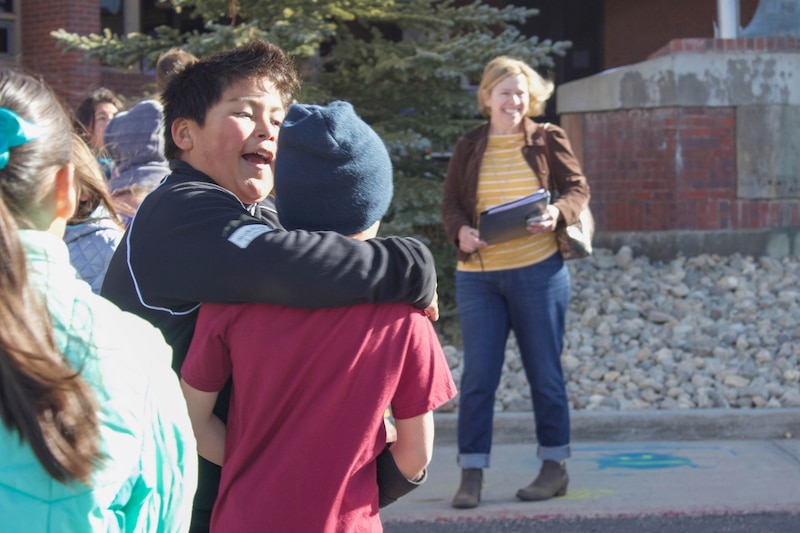
At the same time, the Obama administration created a school improvement grant program that came with millions of dollars in an effort to get schools in Colorado and around the nation to improve at a quicker clip. In creating the program, the administration touted controversial methods of school reform that often pushed for the firing of school principals and required teachers to reapply for their jobs. (The program was eventually deemed unsuccessful.)
The Lake County district, which sits at the foot of the highest peaks in the Rocky Mountains, was among the first to receive a failing grade from the state’s new school quality rating system.
School leaders felt that the sort of disruption that was typically used to turn around schools in urban settings wouldn’t work for their isolated mountain community.
“We could have fired everyone,” said Amy Frykholm, the school board’s president. “But then we’d have to hire them right back. And that’d be devastating for morale.”
Instead, Wyman and her team embraced a total instructional and cultural shift.
In 2013, the district adopted the EL Education model, which shifts focus away from lectures and tests toward research and long-term projects that tackle big problems. (EL Education was formerly known as Expeditionary Learning.) Often, after a project is completed, students spend time outdoors connecting their learning to real life problems and nature.
Third-graders end their lesson on the history of the 10th Mountain Division, a mountain warfare unit of the United States Army that trained near Leadville during World War II, with a ski trip. More recent military veterans from the unit join them.
“It bridges the community with the learning,” said Kim Kortkamp, the district’s academic dean for literacy.
Along with a new curriculum and teaching techniques, the expeditionary philosophy asks students and teachers to behave differently. There are regular “crew” meetings, where students meet with teachers to discuss their academic goals and receive emotional support. And the district adopted a list of shared expectations – what they call the “habits of a learner.”
The habits, which are posted in classrooms through the district, include responsibility, curiosity, and collaboration.
* * *
Last fall, first-grade students at Lake County’s elementary school were practicing how to use capital letters and periods to form a basic sentence.
Teacher Ally Duncan zig-zagged her way through the room, crouching down to meet students at eye level to check their work.
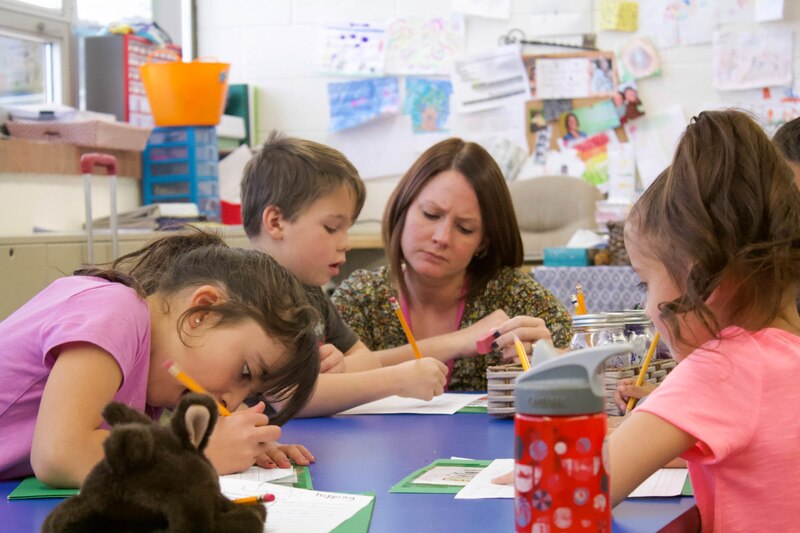
Duncan was practicing “aggressive monitoring,” an effort to catch students making mistakes in real time and correct them immediately.
The strategy is one of dozens that teachers in Lake County have learned from the district’s classroom consultants.
The Achievement Network, or A-Net, a nonprofit that works to improve teaching in struggling schools, is just one of several consultants and organizations the Lake County school district has invested in since it began its turnaround work. The outside help is in part a recognition that school improvement is difficult work that few educators are prepared to do.
“My teacher college didn’t teach me how to turn around a school,” said Wyman, the superintendent, who spent most of her career in Colorado schools that serve students from low-income homes.
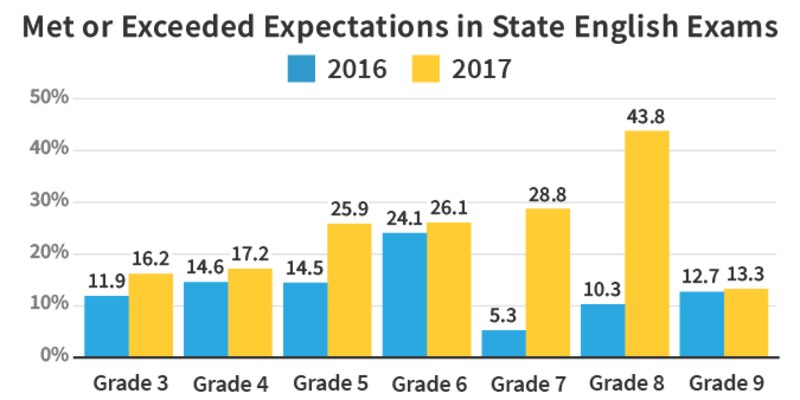
Along with A-Net, principals and their assistants at each school have a coach to help them focus their time on coaching teachers on instruction. District leaders, including the school board, have received training from a variety of state-run school improvement programs, as well as the New York-based Relay Graduate School of Education. And the district is investing in some online tutoring programs to help students catch up.
“Wendy has done a nice job of strategically partnering with other organizations to draw in expertise the district needed to change,” said Peter Sherman, who recently left his post as the executive director of school performance at the Colorado Department of Education. His office at the state education department helped manage some of the training and grants Lake County received. “They’ve strategically taken advantage of the resources and expertise out there to their advantage.”
While some Colorado school districts have been let down by consultants helping with their turnaround work, Lake County says it’s been important for them to tailor all of their training and support to real needs. And if something isn’t working, they jettison it.
“We learned to say to our partners,‘This is who we are. This is what we need,’” Wyman said. “If something isn’t working, we try to fail quickly and try something different.”
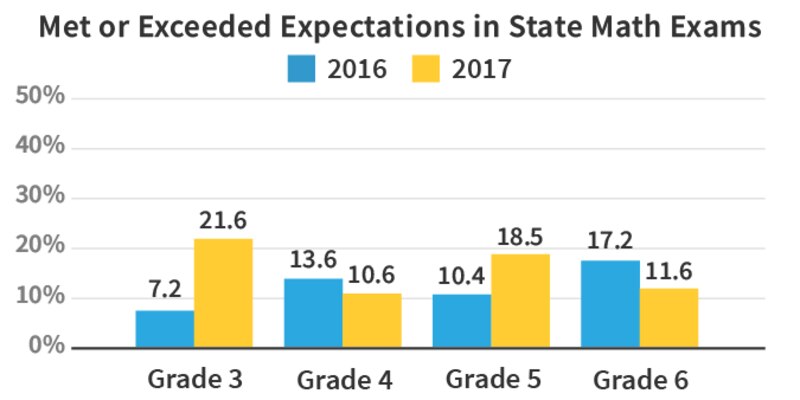
The new curriculum and training has not come free. In fact, school improvement work is very expensive.
Each of the district’s consultants or programs — EL Education, the Achievement Network, the Relay Graduate School of Education, and the National SAM Innovation Project — cost annually between $10,000 and $40,000, Wyman said.
To help pay for the work and other needs — including infrastructure and buildings — the district has applied for and won more than $24 million dollars in grants. The lion’s share was a $16 million grant for a new school. The next largest block, $3.2 million, was specifically for its turnaround work.
It paid for principal and teacher training, travel, and consultants.
“The figures may be surprising for their sheer size, particularly given the size of our district,” Wyman said. “However, the magnitude of the funding validates another core belief we have come to hold: It does take resources – and even significant ones – to do the work of reforming an entire system.”
* * *
Lake County school leaders focused most of their early school improvement work on younger grades. The elementary and middle school were the first to adopt the expeditionary model.
Then in 2016, Wyman made one of her most important hires: former charter school principal Ben Cairns.
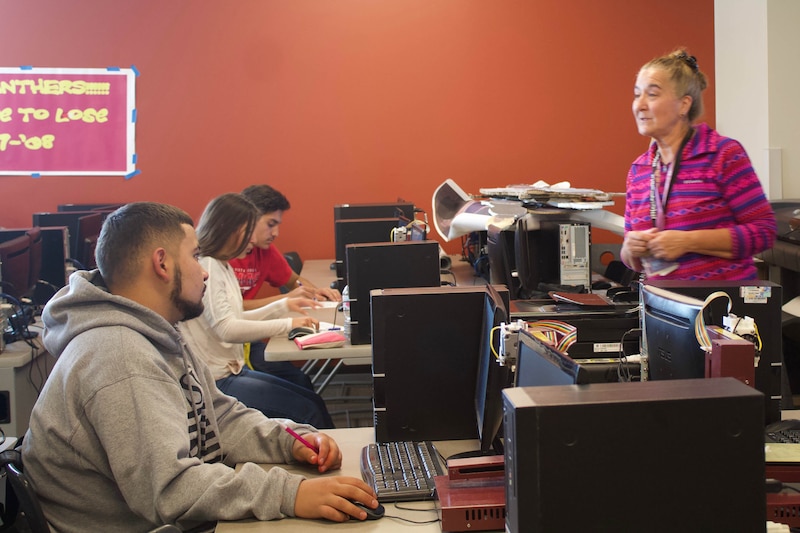
Cairns would seem an unlikely fit for a small rural school district that had a strong teachers union. Cairns got his start in Denver Public Schools and cut his teeth leading schools at DSST, Denver’s high-achieving charter school network. He would go on to open DSST Cole High in one of Denver’s historically black neighborhoods that had long lacked a quality school.
But Lake County teachers, including the leaders of the county’s teachers union, welcomed Cairns.
“We needed a really strong leader to step in,” said Roxi Aldaz, a 24-year veteran of the district and co-president of the Lake County Education Association. “That’s Ben.”
According to Aldaz and other teachers, the high school lacked order and discipline. Cairns, who had been looking to relocate his family to the mountains, would be able to provide that. Before Cairns was hired, though, Lake County sent teachers to see him in action at DSST. They were amazed.
Now, Lake County High is a place where students put away their cell phones and are never late for class. (If they are late, there is lunch detention, no questions.) Instruction begins as soon as students take their seats. And teachers are attempting to establish common expectations in every classroom.
“We put a lot of time and energy and thought into school culture and working with teachers around what their perceived needs were,” Cairns said. “There’s been a big emphasis on building relationships and holding kids accountable. The mix I always try to bring is restorative justice along with a little bit of the no-nonsense approach.”
* * *
Wyman and her team of educators are well aware that dozens of Colorado schools that have jumped off the state’s academic probation list, like they did last year, have slid back.
“It’s going to be a little back and forth until we steady out,” said Cheryl Talbot, the district’s math dean.
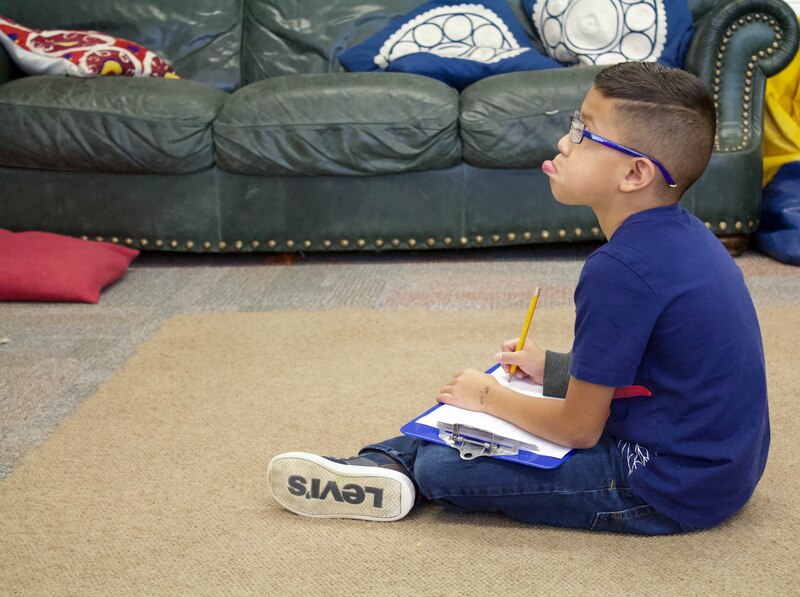
And there are still plenty of obstacles for the district to work through.
The district’s average attendance rate is 88 percent — far lower than anyone would want. The graduation rate is well below the state average. Getting parents involved is difficult. Most parents work outside of the county limits at nearby ski resorts. To schedule a parent meeting could include two hours of travel time over snowy passes. And despite some improvement, teacher turnover remains high.
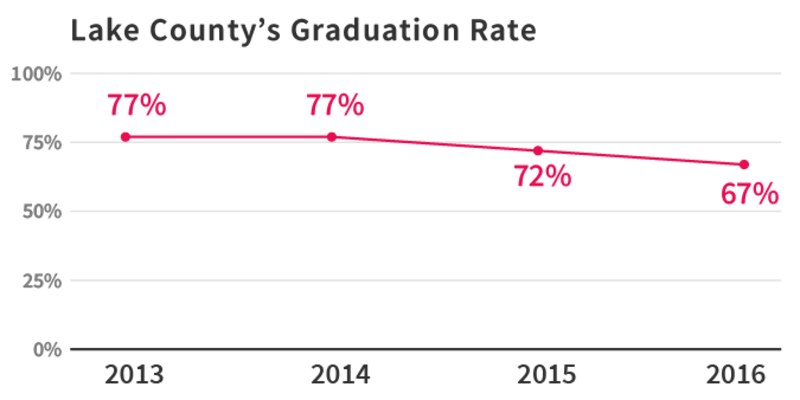
And while students are making large leaps on state tests, the district’s average proficiency rates still remain lower than the state average.
“(This) for us is by no means the end point,” said Dan Leonhard, Lake County’s Intermediate School’s culture and operations manager, referring to the color associated with the state’s highest quality rating. “This doesn’t mean we’re there. It means we’ve made success in what we’ve been doing now and we have to keep the foot on the pedal.”
But all the work is paying off and has been noticed — perhaps most importantly — by students.
Leo Littlepage, a fourth-grader, said school was more difficult two years ago because teachers weren’t helpful. Teachers would hand him and his classmates worksheets with little instruction, he said.
“‘Here’s your math, you’re on your own,’” Littlepage recalled.
He and other students said they often felt lost. But now, there’s more explanation from teachers and fewer worksheets.
“The teachers thought because it was easy for them, that it’d be easy for us — but it wasn’t,” Ever Leon, a fourth-grader said. “Now they’re explaining the steps.”
Some fourth-graders, who spent the first part of the school year learning about poets such as Robert Frost, Walire Worth, and Walter D. Myers, said classrooms aren’t perfect yet. There’s a lot of repeating material in math, and their spelling words aren’t tough enough.
“I want our teachers to challenge us more,” said Giselle Sarabia. “I want to think hard.”


